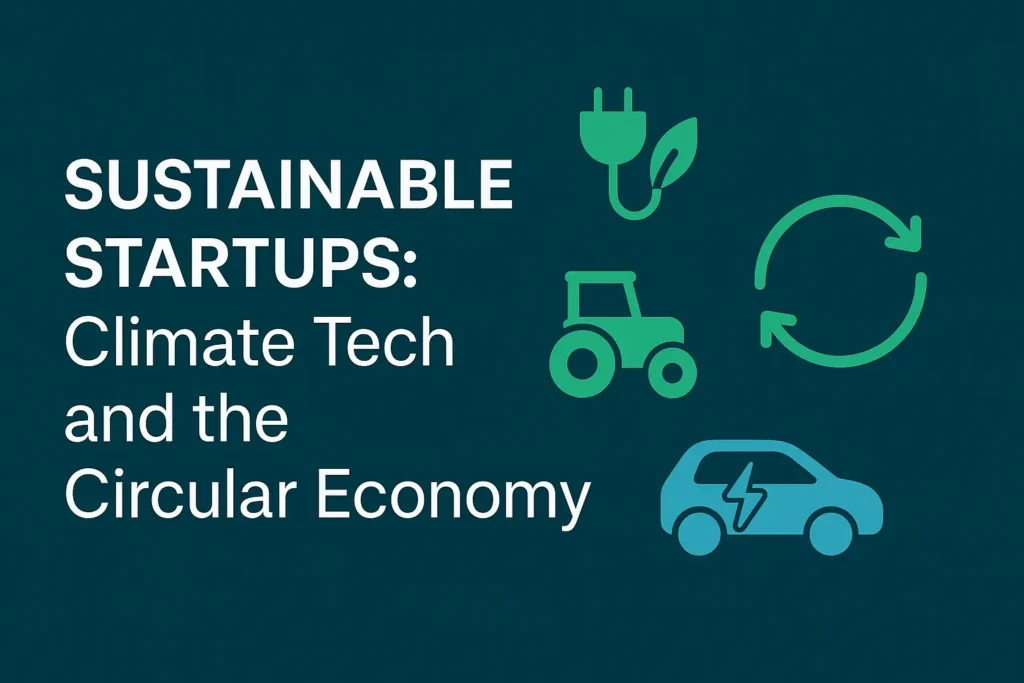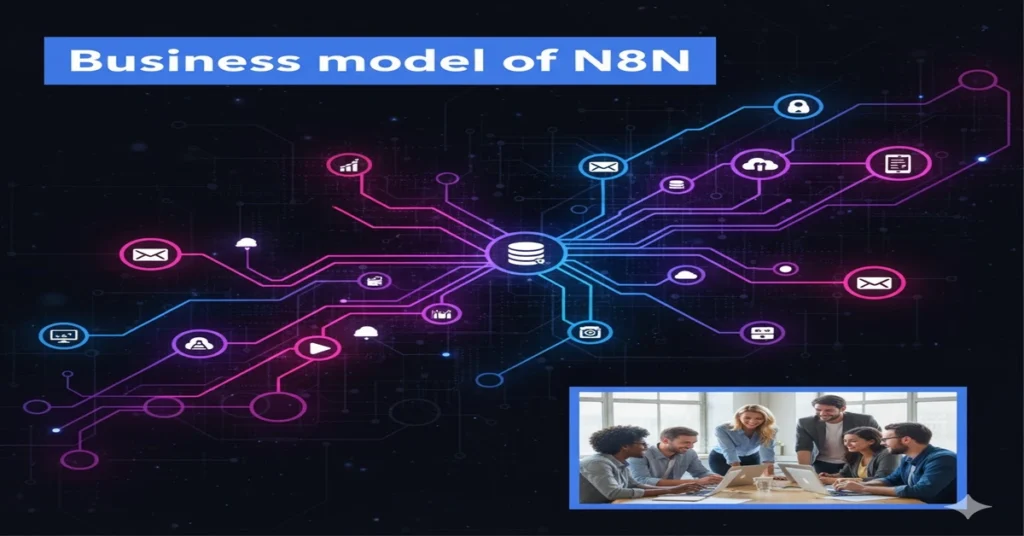Redwood Materials, the Nevada-based battery recycling and materials production company founded by former Tesla CTO JB Straubel, has raised $350 million in Series E funding led by Eclipse with strategic participation from Nvidia’s venture capital arm NVentures. But beyond the prestigious investor lineup bringing total equity funding to nearly $2 billion plus a $2 billion Department of Energy loan commitment at a $6 billion valuation, this funding round raises a crucial question: why is growth capital flooding into battery recycling when organizations already invest billions in mining critical materials, and 30% of global battery waste still flows to landfills rather than recovery facilities?
The $19.8 Billion Circular Supply Chain Nobody Could Close at Scale
The answer lies in understanding what’s happening beneath the surface of battery materials economics. Despite the global battery recycling market valued at $12.8 billion in 2025 projecting explosive growth to $19.8 billion by 2030—representing 9.2% compound annual growth—the sector faces a critical supply chain gap. Traditional approaches require mining lithium, cobalt, nickel, and copper from geographically concentrated deposits controlled by China, yet these critical materials power 90% of electric vehicle batteries today, translating to billions of battery packs requiring end-of-life solutions that currently don’t exist at commercial scale before valuable resources end up permanently lost.
Redwood Materials operates a dual-business platform unique in the industry: battery recycling recovering critical materials from scrap and end-of-life packs, plus cathode production manufacturing new battery components from recycled content, while simultaneously launching Redwood Energy—an energy storage business repurposing retired EV batteries for AI data centers and industrial sites. Founded in 2017 by Straubel following his decade leading Tesla’s powertrain development, the company combines materials science expertise with manufacturing scale understanding each unique battery chemistry’s recovery requirements.
Why Auto Giants Couldn’t Build This In-House
Redwood’s funding trajectory provides context for why manufacturers increasingly outsource battery recycling rather than developing proprietary recovery systems. When automotive companies face supply chains where battery materials originate from China-controlled mines, yet EV production targets require quintupling current output, vertical integration into recycling proves economically superior to securing volatile commodity contracts. The company recovers lithium, cobalt, nickel, and copper at commercial scale—materials representing 60-80% of battery costs—then supplies them back to manufacturing partners closing the loop without expensive mining operations.
The funding structure reflects validation from strategic technology leaders rather than pure financial investors: Eclipse brings venture expertise recognizing sustainable infrastructure business models, while Nvidia’s NVentures signals recognition that AI data center power demands require creative energy storage solutions beyond traditional grid connections. This investor composition mirrors enterprise recognition that battery materials represent strategic national security infrastructure requiring domestic supply chains—particularly as geopolitical tensions threaten access to internationally sourced critical minerals.
The Circular Materials Platform Behind $350 Million
The funding round accelerates deployment of Redwood Energy’s grid-scale storage business while expanding refining and materials production capacity. As of June, the company had stockpiled more than 1 gigawatt-hour worth of batteries that could be used for energy storage, with plans to deploy 20 gigawatt-hours of grid-scale storage by 2028—positioning it to become the largest repurposer of used EV battery packs serving AI infrastructure’s insatiable power appetite.
The timing coincides with battery materials reaching supply crisis inflection points across multiple industries. The electric vehicle battery recycling market valued at $3.88 billion in 2025 projects explosive growth to $15.58 billion by 2030 at 32.05% CAGR, driven by millions of first-generation EV batteries reaching end-of-life simultaneously. Meanwhile, AI data centers consume exponential power while grid capacity constraints delay deployments—creating urgent demand for off-grid battery storage that Redwood Energy addresses by pairing retired EV packs with renewable generation.
Why This Matters For Global Electrification Infrastructure
Redwood’s $350 million raise positions the company within broader 2025 battery economics dynamics where circular supply chains demonstrate strategic advantages over linear mining-to-landfill models:
Infrastructure Economics Transformation: For battery manufacturers, raw material procurement represents the largest cost component and highest supply chain risk. Recycled materials eliminate geopolitical dependencies, price volatility, and environmental externalities while delivering equivalent performance—the company supplies materials back to customers including Panasonic, GM, and Toyota through partnerships with Volkswagen, Lyft, and others. Second-life battery storage for data centers creates additional revenue streams from assets previously considered waste.
Market Maturation Accelerating: Battery recycling market growing at 9.2% CAGR through 2030 reflects increasing recognition that electrification requires circular material flows. Lithium-ion battery recycling specifically projects 22.49% CAGR reaching $10.98 billion by 2030, while regulatory frameworks accelerate adoption. The EU mandates 45% collection rates by 2023 rising to 73% by 2030, plus minimum recycled content requirements—16% cobalt, 85% lead, 6% lithium and nickel—compelling manufacturers to integrate recycled materials rather than virgin mining inputs.
Product Expansion Validated: Beyond core recycling, Redwood’s cathode production and energy storage businesses demonstrate that battery value chains support multiple monetization layers. The company processes battery scrap extracting raw materials, manufactures cathodes for new batteries, and repurposes retired packs for grid storage—capturing value at three distinct points versus single-function recyclers or miners.
The Answer: Circular Infrastructure for Linear Materials Crisis
So why $350 million for Redwood Materials? Because the company combines elements growth investors value: proven technology recovering 70%+ of North American battery packs eliminating primary supply chain vulnerabilities, integrated business model spanning recycling through cathode production through energy storage enabling multiple revenue streams, and strategic timing where electric energy availability has become a key strategic issue for AI infrastructure growth, with low-cost, large-scale battery energy storage emerging as the most immediate and scalable solution.
The investment validates that circular battery infrastructure captures disproportionate value by fundamentally reframing electrification economics. With valuation increasing to approximately $6 billion—20% higher than 2023’s $5 billion—and battery recycling projected reaching $19.8 billion by 2030, Redwood positions itself as the domestic supply chain for critical materials—analogous to how domestic semiconductor manufacturing became strategic infrastructure.
I’m Araib Khan, an author at Startups Union, where I share insights on entrepreneurship, innovation, and business growth. This role helps me enhance my credibility, connect with professionals, and contribute to impactful ideas within the global startup ecosystem.




